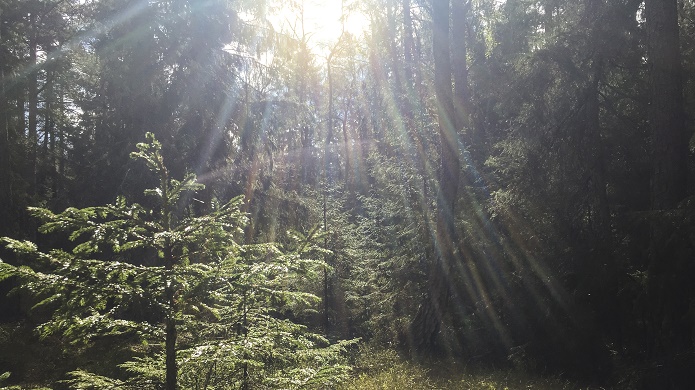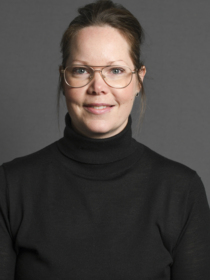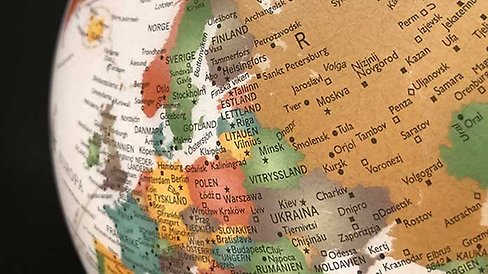Conserve and utilise? Forests as a resource for a carbon-neutral society
Becoming the world’s first carbon-neutral welfare state is one of Sweden’s environmental goals, and forests have an important role to play in this. However, there are no clear guidelines for how to achieve this goal, as well as tough debate about how forest resources should be utilised. A great deal of responsibility is placed on landowners, but one question researchers are now trying to answer is whether landowners are able to prioritise correctly.

“A range of sectors must contribute to achieving the goal of a carbon-neutral welfare state. We have placed a great deal of faith in using more biomass, especially from the forest, both as fuel and for constructing apartment blocks from timber, for example – but this is the origin of the debate. To what extent should we conserve or utilise forests for the goal of carbon neutrality? Biodiversity is often seen in opposition to the climate issue, despite how they are actually interlinked. We can’t have one without the other,” says Johanna Johansson, associate professor of Political Science and senior lecture in Environmental Science.
As part of a new project (Vägar till en biobaserad samhällsekonomi) funded by Formas, Johanna Johansson, together with Camilla Sandström from Umeå University, will examine how politicians are dealing with this conflict.

Johanna Johansson
“We will examine the governance of forests as a resource and how this relates to the other political goals of environment policy in general, but also in rural, climate, and energy policy. We hope to be able to provide recommendations on how to improve simplify governance to make more efficient and so it leads the way towards established goals,” she says.
Forests are a vital resource
Sweden has one of Europe’s largest forest areas, and it is an incredibly important resource for rural development, conservation, recreation and reindeer husbandry. However, there are many demands and requirements, making it a complex issue. An official report on Swedish forestry was presented recently, Stärk äganderätt, flexibla skyddsformer och naturvård i skogen [Strong ownership rights, flexible protection and nature conservation in forests], which included the proposals that forests in mountainous areas should be protected. If this becomes practice, it will affect hundreds of landowners and the state would need to pay billions of kronor in compensation, according to Johanna Johansson. Many landowners already feel that they have limited right to utilise their land for active silviculture. In the long term, this may lead to a distrust of authority and of politicians.
“The other side of the issue of forestry conservation is the international agreements that we must comply with. We have committed to conserving forests through international conventions and EU legislation. But forests are also important for recreation and outdoor activities, and the pandemic has demonstrated how important this is. How can we create forests that are accessible to everyone, using different values and perspectives? As Sweden’s biggest landowner, the state is important in balancing these different goals,” she says.
A glimpse of the future
Over the next four years, the two researchers will conduct policy analyses of reports, proposed legislation and regulation in Sweden and the EU. One important aspect of their research is conducting ongoing dialogue with forest stakeholders. They will also evaluate the various cooperative processes within the framework of Sweden’s national forestry programme. The study also includes interviews and participatory observations. Another element is looking ahead through future studies:
“What does a carbon-neutral and bio-based future look like, one in which the forest plays a major role? What is society like? How can we adjust our goals and what incentives are necessary for us to get there? Is this future even possible?”
Page updated
17-03-2023






